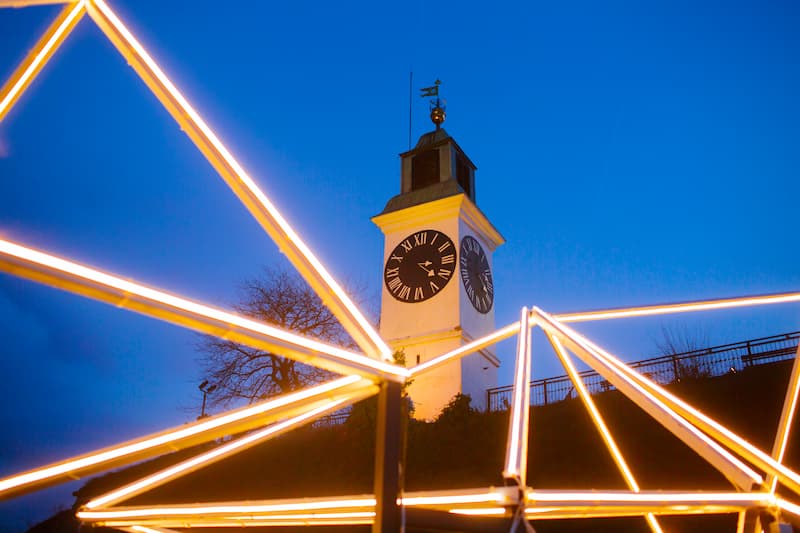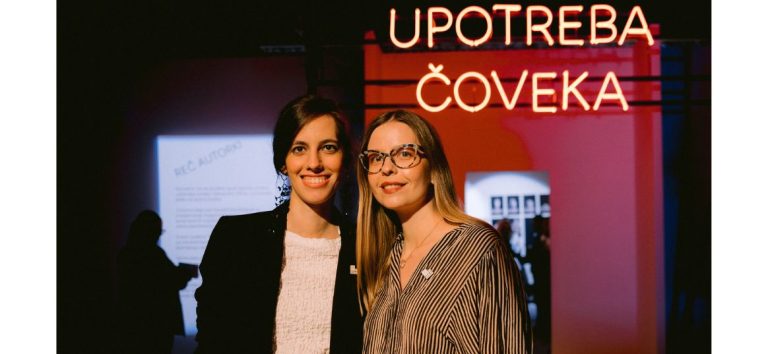The last day of December is approaching, which is when we will see off the historic year for Novi Sad, which will be remembered as the year in which this city proudly and justifiably bore the title of the European Capital of Culture. At the very end of 2022, another Doček will be held, the sixth in a row in Novi Sad, which will also be specific this year, due to its interculturality.
Interculturality in this Doček is reflected in the existence of multiple cultures in this area, their acceptance and respect, as well as mutual interaction, all with the aim of creating a better and more humane society and future. This is precisely the specificity of Novi Sad, which celebrates its intercultural identity with this Doček. We welcome the New Year twice, according to the Gregorian and Julian calendars, so on 31 December we celebrate Doček 2023, while 13 January is reserved for Doček 7531, so let us remember below why exactly the year 7531 is important to us.

The area of Novi Sad has been inhabited and culturally active continuously since the time of the oldest prehistoric populations. The existence of multiple cultures in the same area and the emphasised necessity of mutual interaction between them have always been present. Here, Europe connected with the Balkans, and the Bačka plain with Fruška Gora. People of different nations and faiths have given the concept of interculturality a completely new look.
Doček with Two Calendars and Two New Years
Respecting tradition, on the one hand, and contemporary trends on the other, nowadays we are welcoming two New Years, based on two different calendars. It should be noted that celebrating the passing of the old and the beginning of the new year is an ancient religious, social and cultural pattern in almost all parts of the world. In most places, the celebration falls on 31 December, according to the Gregorian calendar. The Serbian New Year or the Orthodox New Year or, as it is also called, the New Year according to the ‘old’ calendar, which is celebrated on 13 January, is actually a year measured according to the Julian calendar. The two most famous historical variants of the calendar are the Julian and Gregorian.
However, during their history, Serbs also used the Byzantine calendar.

How Was Time Calculated according to the Byzantine Calendar?
The Byzantine calendar was in official use in the Byzantine (Eastern Roman) Empire from 988 and the reign of Emperor Basil II Porphyrogenitus, the Bulgar Slayer, until the fall of Constantinople on 29 May 1453. It was identical to the Julian calendar, except that the names of the months were transcribed from Latin into Greek. The years were not counted from the birth of Jesus, but from the beginning of the world, which they determined was 1 September 5509/5508 years before the new era. This calendar was used in countries under Byzantine influence. There was the Constantinople variant of the Byzantine calendar, according to which the first day of the year was 1 September, and the Alexandrian or Antiochian variant, according to which the year began on the Annunciation on 25 March. In medieval Serbia, the Byzantine calendar was in use, and in addition to the September calendar, the so-called March dating, especially to the reign of Emperor Dušan the Mighty, and later. Thus, in order to calculate the years according to the Byzantine calendar today, 5508 should be added to the year of our era for the dates from 1 January to 31 August, that is, 5509 for the rest of the year. With this kind of calculation, we come to the conclusion that right now, it is the year 7531. In the Fruška Gora monasteries surrounding Novi Sad, the New Year according to this calendar was welcomed until the end of the 19th century. In Serbia, this calendar is sometimes called the Old Serbian Calendar. The Serbs abandoned this calendar in favour of the Julian calendar, which came into official use during the 19th century.
Author: Historian Ljiljana Dragosavljević Savin, MSc
Photo: Vladimir Veličković







